America’s 12 Most Unforgettable Museums to Visit at Least Once
Whether you like history, art, or simply learning something new, these museums are worth paying a visit.
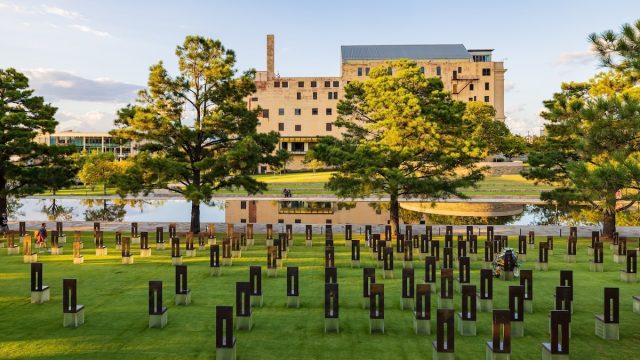
Throughout the U.S., you’ll find countless amazing museums, documenting everything from history and art to sports and so much more. Large and small, these museums tell the stories of people, places, communities, nature, animals, and more from centuries past all the way through to current events. But narrowing down the list of must-see museums is quite the challenge, which is why we’ve done the legwork for you. Ahead, learn about the 10 best museums in the U.S. that should be on your bucket list.
RELATED: The 10 Most Bizarre Museums in the U.S.
1
Tenement Museum: New York City
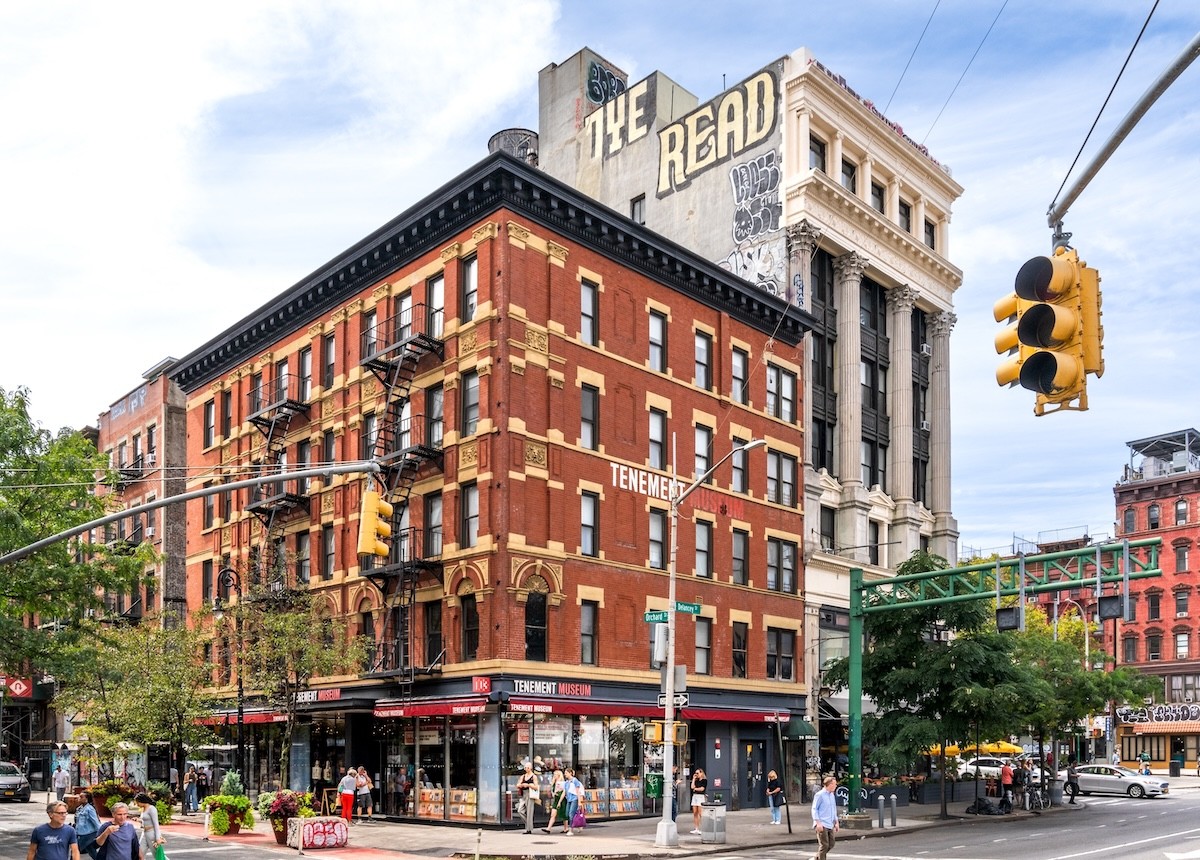
Located on the Lower East Side of Manhattan, the Tenement Museum showcases the stories of the immigrants who came to America between the 1860s and the 1980s.
See how they lived as they pursued the “American dream” by touring the recreated tenement apartments in which they lived. You can also schedule tours of the historic neighborhood. No wonder Reuters named the Tenement Museum “the world’s third-best non-art museum,” and the White House awarded it a National Medal for Museum Services.
2
National Museum of Natural History: Washington, D.C.
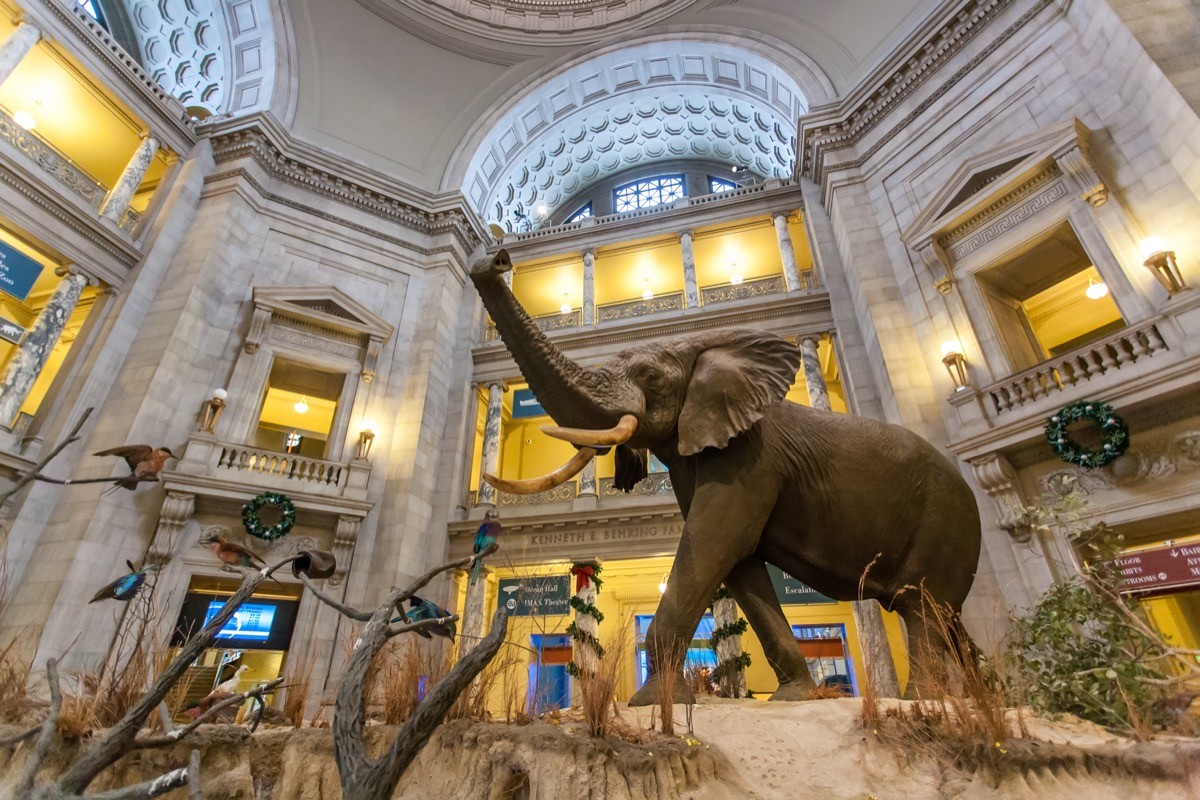
Part of the Smithsonian Museums in Washington, D.C., the National Museum of Natural History boasts a unique and timeless collection of more than 145 million artifacts.
“Its beaux-arts design gives it one of the city’s most elegant museum interiors—an elegance it maintains despite the presence of an 11-ton elephant in its rotunda,” Carbone jokes.
Located in the National Mall, it’s also home to the famous Hope Diamond, as well as hundreds of different butterfly species. The museum is completely free, so go ahead and spend hours getting lost in all the historical gems.
3
The National WWII Museum: New Orleans
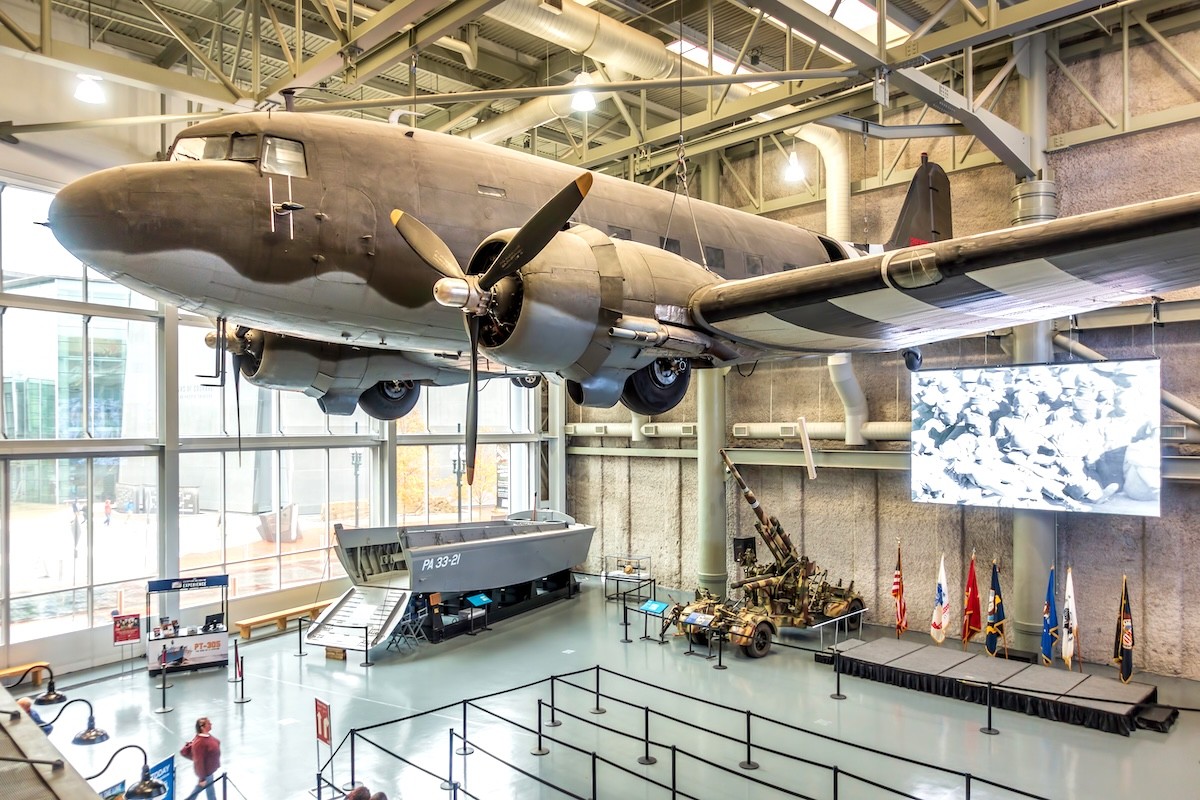
New Orleans’ number-one attraction, the National WWII Museum, takes an in-depth look at why World War II was fought, how the Allies won, and what that victory means today through exhibits, personal accounts, and multimedia experiences spread out through five galleries.
Visitors can see how the U.S. became involved in the war, explore key moments such as D-Day and the bombing of Pearl Harbor, and put themselves in the shoes of those who had to make difficult decisions during the war. You can even take a 4D journey through the war in “Beyond All Boundaries,” narrated by Tom Hanks.
RELATED: The 10 Best U.S. Art Museums That Should Be on Your Bucket List.
4
Bishop Museum: Honolulu, Hawaii
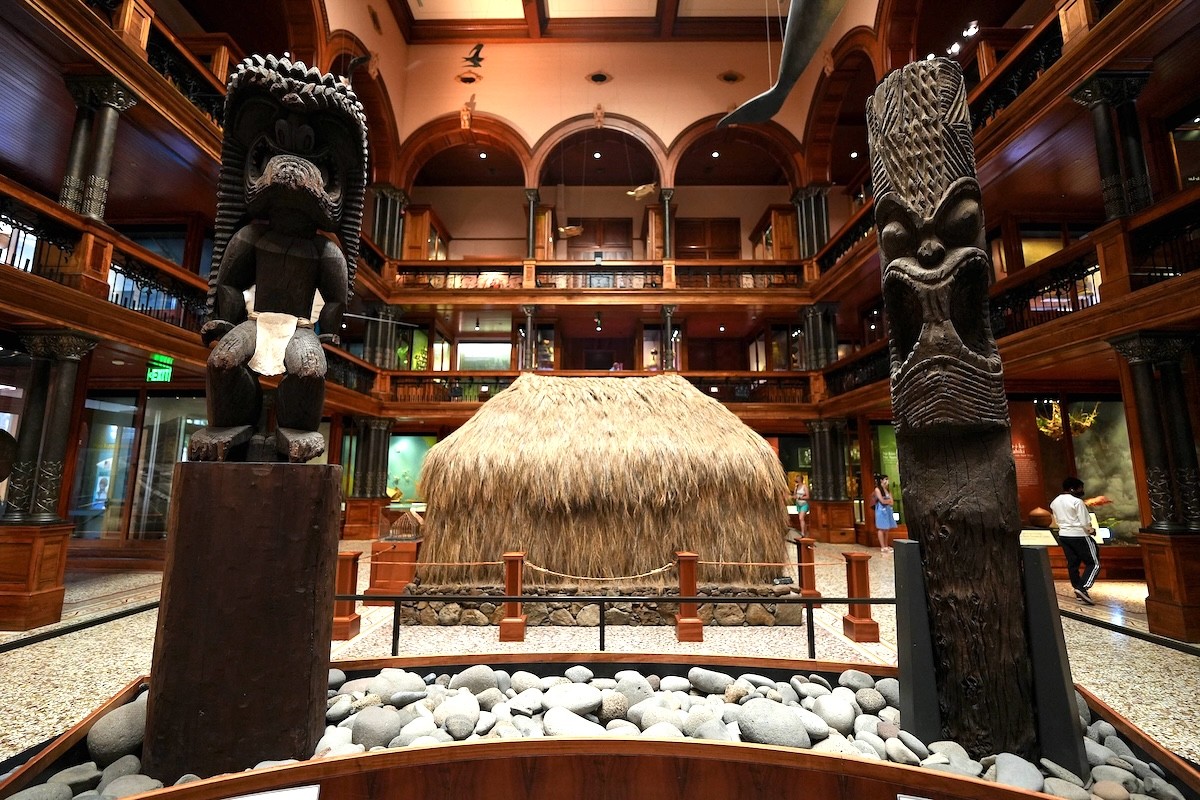
In Honolulu, the Bishop Museum honors Hawaii’s culture and heritage through more than 25 million historical, cultural, and natural artifacts.
Be sure to check out the museum’s outdoor murals, which bring together traditional culture, creative expression, and indigenous perspectives. Or, attend Bishop Museum After Hours from 5 to 9 p.m. on the second Friday of every month. The museum notes that you can take in all of the exhibits or “spend your evening under Honolulu’s star-lit sky on the Great Lawn with food and drinks for sale by local vendors.”
5
Boston Tea Party Ships and Museum: Boston
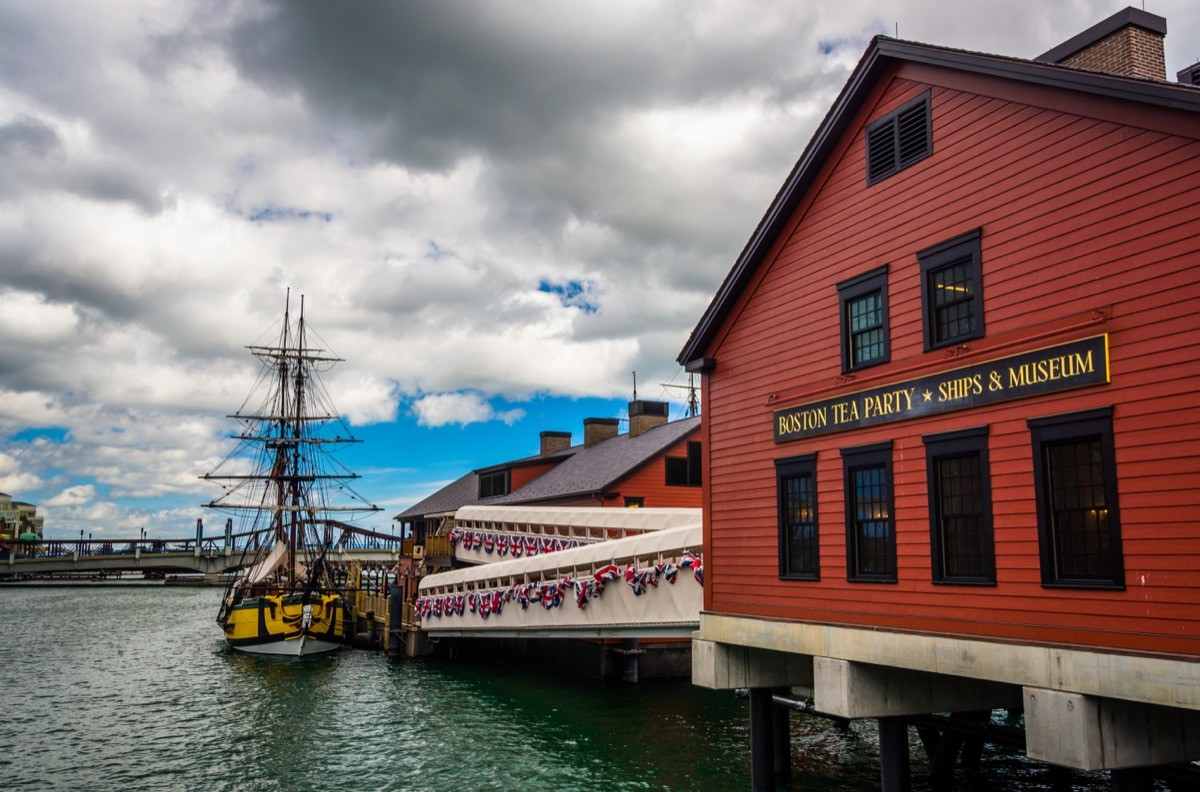
The Boston Tea Party Ships and Museum, on the waterfront in Boston, allows tourists not only to see where the tea was thrown into the harbor almost 250 years ago, but also to take on the role of someone who witnessed the historical event.
Leslie Carbone, a travel expert at Sancerres at Sunset, tells Best Life that the one-hour immersive tour begins in the Meeting House, where each participant is issued a feather and assigned a character from the original Tea Party. “It has an original crate from 1773, and retrievable replicas for young patriots to throw overboard into the Harbor,” she says.
From there, folks can enjoy the rest of the museum, as well as the gift shop and Abigail’s Tea Room & Terrace for light food and beverages.
6
International Spy Museum: Washington, D.C.
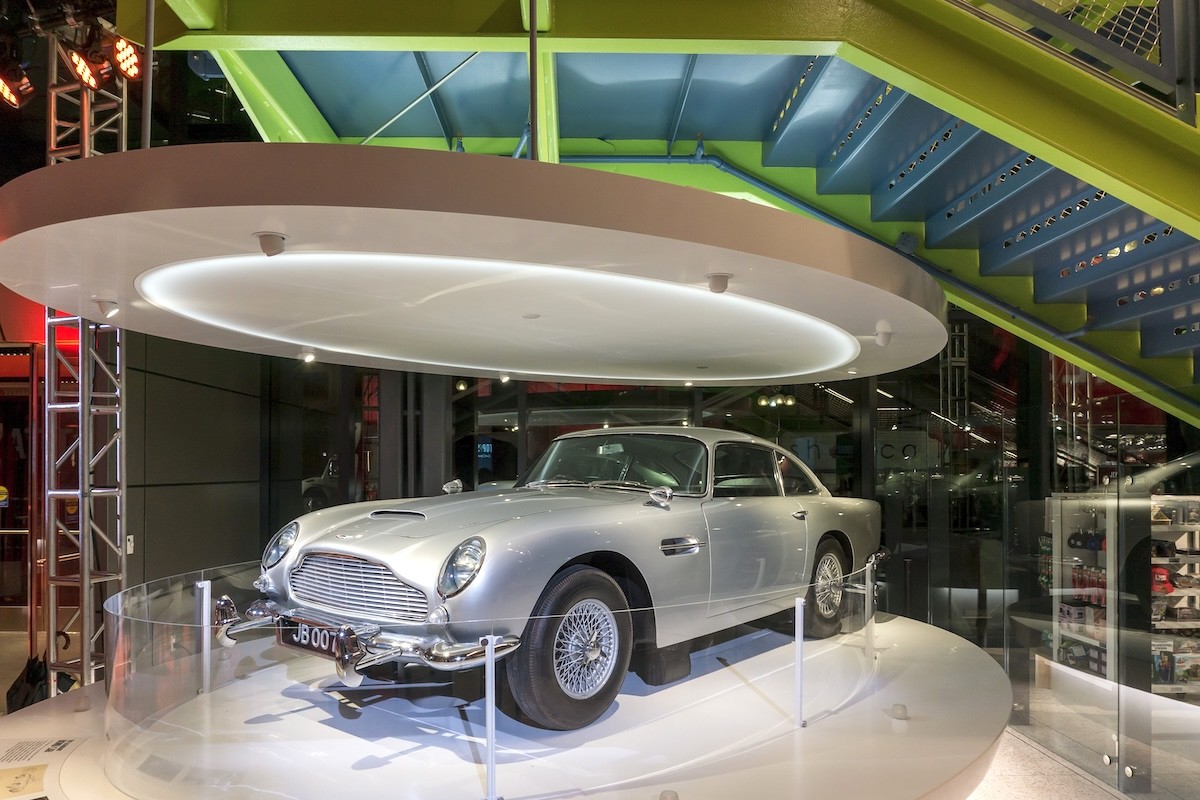
For those interested in the world of intrigue and intelligence, the Spy Museum in Washington, D.C. features the largest collection of international espionage artifacts available to the public.
Some of the most notable artifacts include a 1922 silver dollar with a spring-loaded pin laced with a lethal toxin worn by U.S. pilots who could choose death over capture, Operation Bernhard forged currency created by the Nazi SD (Sicherheitsdienst) intelligence service to disrupt the British economy, and the four-rotar Japanese Enigma machine used to send scrambled messages.
RELATED: The 10 Best History Museums That Should Be on Your Bucket List.
7
Oklahoma City National Memorial & Museum: Oklahoma City

Located in the heart of Oklahoma City, the Oklahoma City National Memorial & Museum documents the 1995 bombing of the Alfred P. Murrah Federal Building and honors the victims, survivors, and community that was forever changed by the event.
Visitors can learn the stories of those who died as well as those who survived, plus walk through law enforcement’s efforts to piece together what happened and assemble the necessary evidence to bring the bombers to justice.
When there, take time to walk among the Field of Empty Chairs in the Outdoor Symbolic Memorial, which represents the victims.
8
National Museum of the American Indian: Washington, D.C.
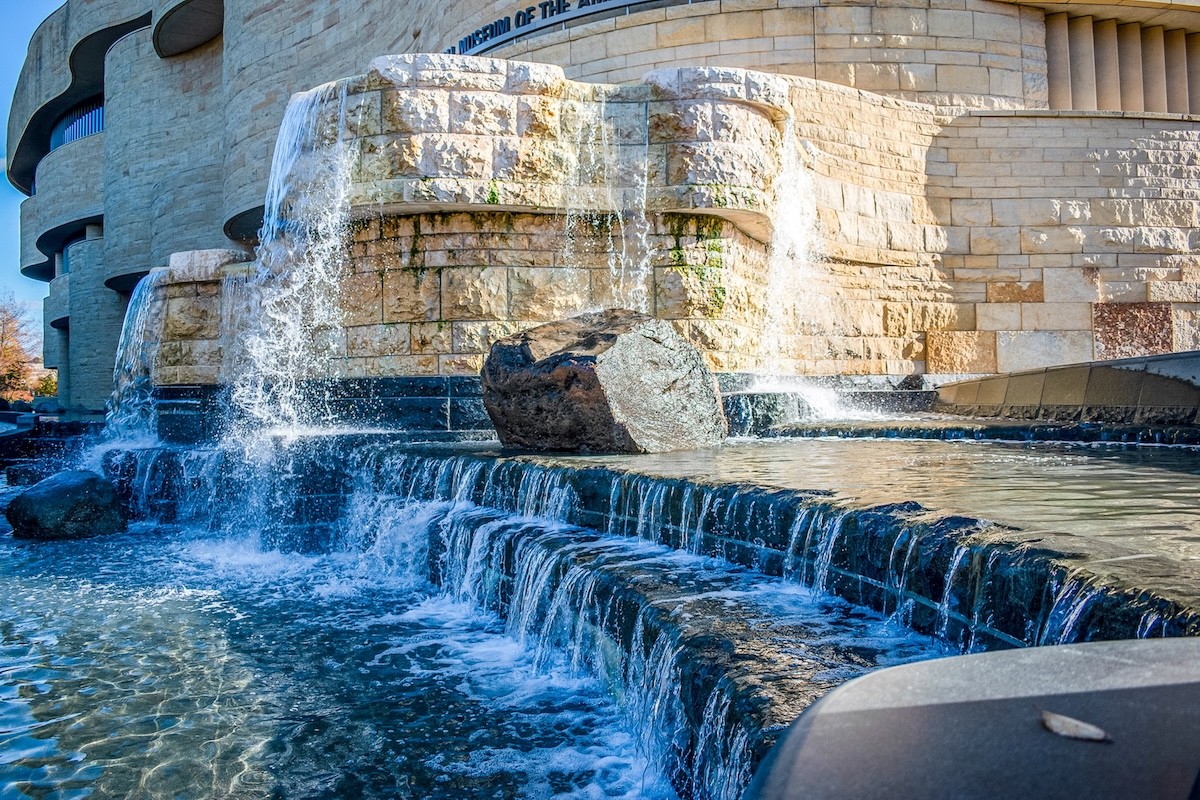
Also part of the Smithsonian Institute in Washington, D.C., the National Museum of the American Indian contains one of the world’s largest collections of native artifacts, photographs, archives, and more documenting Native Americans in the entire Western Hemisphere.
There’s also an outpost of the museum in New York City, located in the historic Alexander Hamilton U.S. Custom House. Both locations explore the many ways American Indians are embedded in American history and culture by looking at individual tribes and notable figures in history.
9
United States Holocaust Memorial Museum: Washington, D.C.
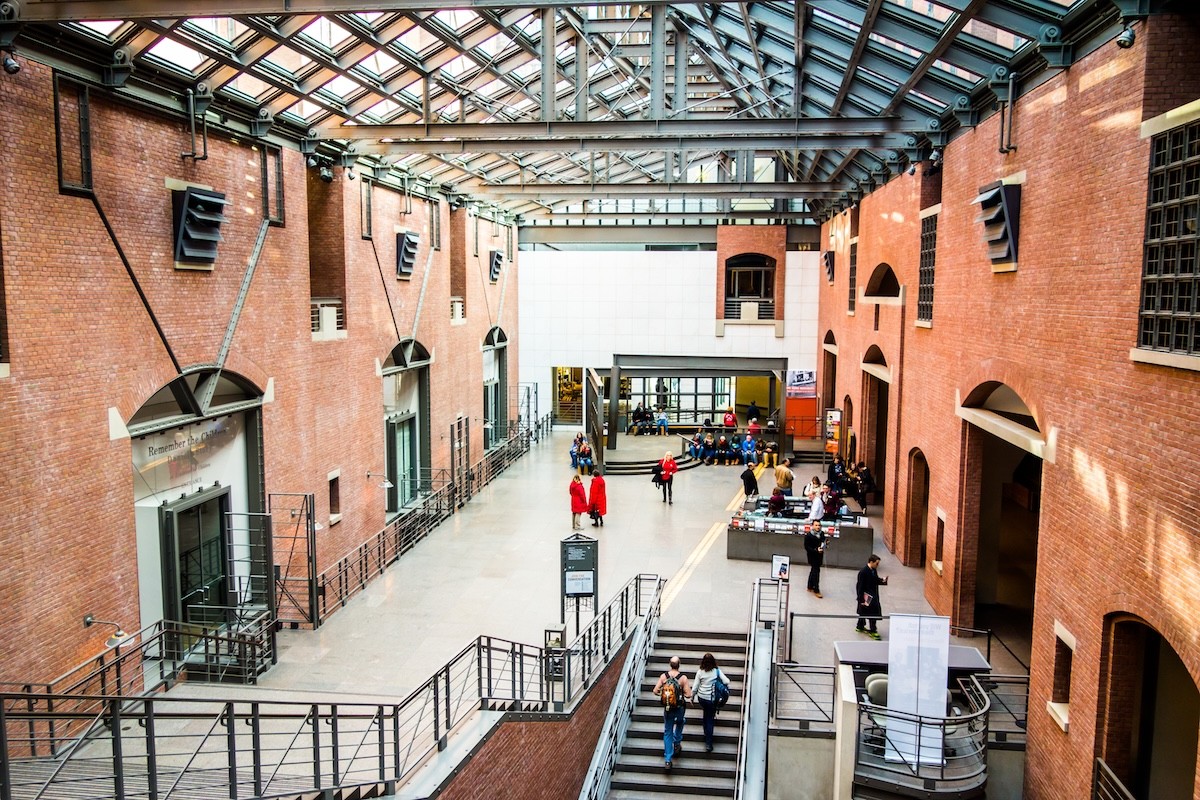
At the United States Holocaust Memorial Museum in Washington, D.C., visitors can experience a haunting history of the Holocaust that took the lives of approximately six million European Jews and at least five million prisoners of war.
Exhibits include historical artifacts, photographs, video footage, and personal accounts from both victims and survivors. It also includes an exhibit that looks at Americans’ responses to Nazism, war, and genocide, plus an exhibit that shares the experiences of Americans who saw firsthand evidence of Nazi atrocities. This is a heartbreaking but necessary step back in history that everyone should see.
RELATED: The 12 Best U.S. Cities to Visit for History Buffs.
10
Musical Instrument Museum: Phoenix, Arizona

With more than 8,000 instruments from more than 200 countries, the Musical Instrument Museum in Phoenix focuses on instruments played every day by people around the globe, from examining the inner workings of a Steinway grand piano to an African xylophone to a Japanese shõ mouth organ.
There’s even an exhibit showcasing instruments made from recycled and discarded materials, including oil drums, kitchen utensils, water pipes, and X-rays. If you visit during the summer, you can stay a while and enjoy an event in the Summer Concert Series.
11
Booth Western Art Museum: Cartersville, Georgia
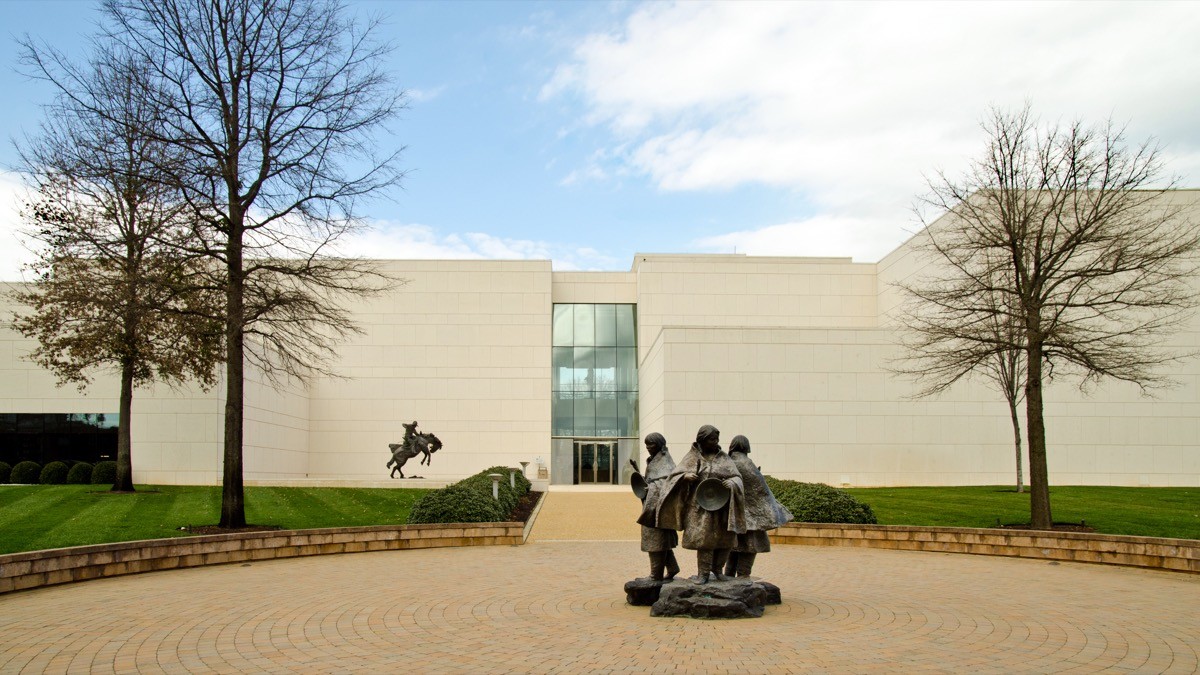
In association with the Smithsonian Institution, the Booth Western Art Museum in Cartersville, Georgia, showcases the largest permanent exhibit for Western American art in the country. Paintings, sculptures, photographs, and more document the people and places that lived in the West.
In the Frank Harding Cowboy Gallery, all cowboys, including Black, Caucasian, Hispanic, and Asian, are honored in a variety of artwork. Another notable gallery is the Carolyn & James Millar Presidential Gallery, which features a one-page, signed letter from every U.S. president. There’s even an interactive gallery, Sagebrush Ranch, geared to children between the ages of 2 and 12.
12
Mississippi Civil Rights Museum: Jackson, Mississippi
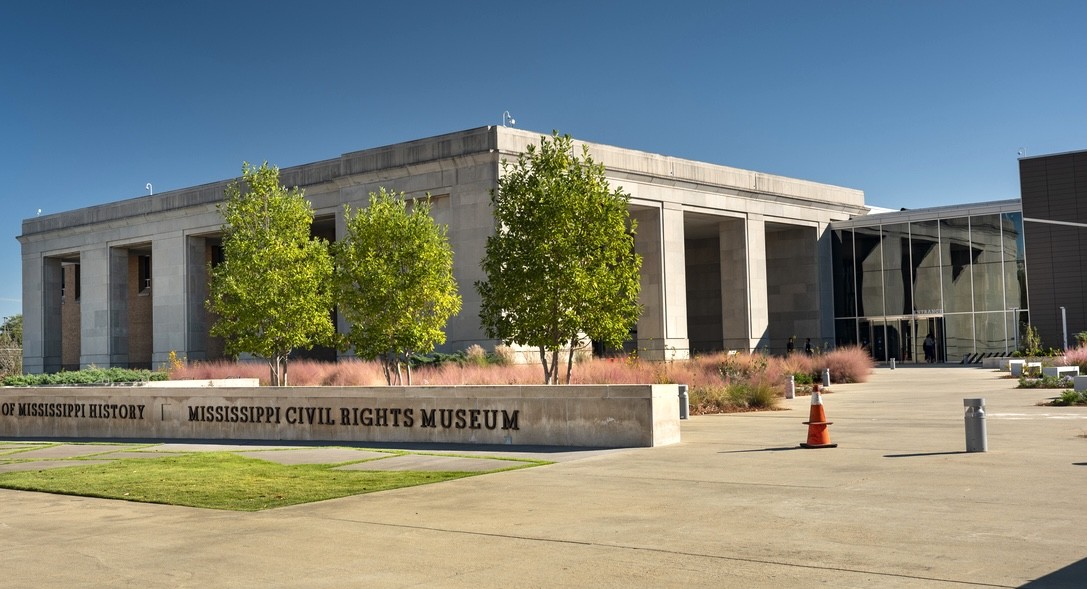
Shining a spotlight on the people and places of Mississippi that changed a nation, the Mississippi Civil Rights Museum in Jackson features eight galleries filled with interactive exhibits that tell the stories of oppressed Black Mississippians and their fight for equality from 1945 to 1976.
You’ll hear the stories of Medgar Evers, Fannie Lou Hamer, and Vernon Dahmer, but you’ll also learn about the many men, women, and children who fought to be recognized as equals not only as Mississippians and Americans, but also as humans with the right to life, liberty, and the pursuit of happiness.
Artifacts include a “colored” entrance sign, textbooks from segregated schools, the rifle used to assassinate Evers, a burned cross, and a button from the 1966 March Against Fear.





















